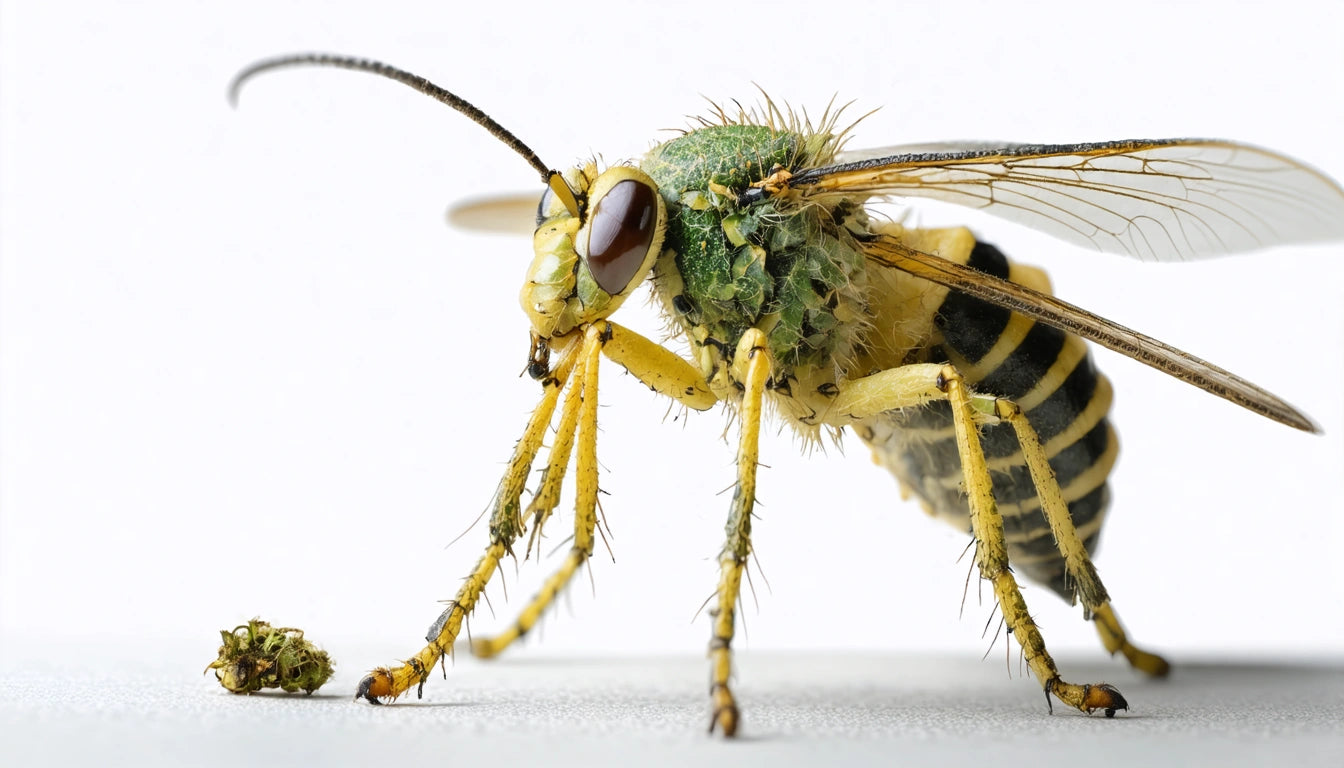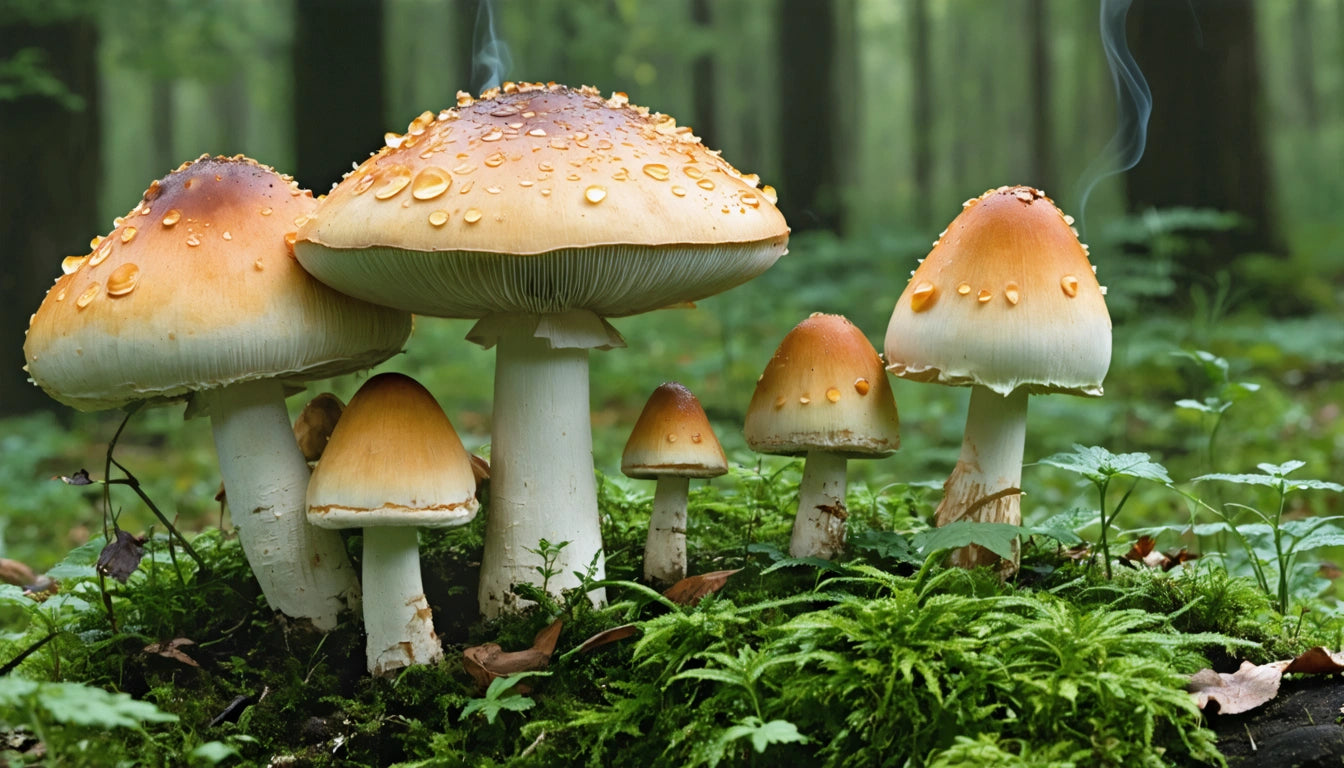Table of Contents
Can Animals Get High? Exploring Nature's Oddities
The question of whether animals can get high from cannabis has fascinated both pet owners and wildlife enthusiasts. While humans have a long history with cannabis, understanding how these compounds affect other species requires examining biological differences, behavioral changes, and scientific research. From household pets to insects in your garden, various creatures interact with cannabis in surprising ways.
Mammals and Cannabis: Natural Interactions
Mammals, including humans, possess an endocannabinoid system that responds to cannabis compounds. This biological framework explains why many animals can experience psychoactive effects from THC exposure. However, the intensity and nature of these effects vary significantly across species.
Research indicates that animals with more complex nervous systems, such as mammals, are more susceptible to cannabis intoxication. Many mammals, including elephants, dolphins, and primates, have been documented seeking out naturally occurring substances with mind-altering properties. This behavior suggests that some animals may intentionally pursue altered states of consciousness.
Wild Animals That Seek Intoxication
Several species have been observed consuming fermented fruits or psychoactive plants in their natural habitats:
- Elephants consuming fermented marula fruits
- Jaguars chewing on the bark of the yagé vine
- Bighorn sheep seeking narcotic lichen
- Reindeer consuming hallucinogenic mushrooms
These behaviors indicate that intoxication isn't exclusively a human pursuit. Animals that get high in natural settings often display altered behavior, including unusual playfulness, disorientation, or changes in social interactions.
Can Insects Get High? Exploring Bug Reactions
The question "can bugs get high" requires examining insect biology. Unlike mammals, insects don't possess an endocannabinoid system that responds to THC in the same way. However, insects do have nervous systems that can be affected by various compounds.
Cannabis plants produce cannabinoids and terpenes partly as natural insect repellents. When insects like ants, bees, or flies encounter these compounds, they typically exhibit avoidance behaviors rather than intoxication. This explains why many cannabis growers rarely find pest infestations on healthy, resin-rich plants.
When measuring precise dosages for research on insect responses, scientists use precision weighing equipment similar to those used in cannabis processing to ensure accurate measurements of both the insects and the substances being tested.
Can Ants Get High?
The specific question of whether ants can get high has intrigued many observers. Ants possess simple nervous systems that can be disrupted by various chemicals. While they don't experience a "high" comparable to human experiences, they may display altered behavior when exposed to certain substances, including disorientation or changes in pheromone response.
Experiments have shown that ants exposed to cannabis smoke or residue might exhibit erratic movement patterns, though this represents distress rather than enjoyment. Unlike mammals seeking pleasurable experiences, insects experiencing such disruptions are typically in a state of biological confusion.
Animal Intoxication in the Wild: Natural Phenomena
Beyond cannabis, numerous examples of animals seeking natural intoxication exist in the wild. These behaviors suggest that altered states may serve evolutionary purposes:
- Birds consuming fermented berries
- Wallabies entering opium fields and creating "crop circles"
- Dolphins appearing to "pass" pufferfish to experience their toxins
Scientists theorize these behaviors might provide evolutionary advantages, including parasite reduction, stress relief, or enhanced social bonding. The phenomenon of animals that are high in natural settings continues to be studied for potential insights into both animal behavior and human substance use.
Pets and Cannabis: Understanding the Risks
Domestic pets face particular risks from cannabis exposure. Dogs and cats can experience significant adverse effects from THC, which can be much more intense than human reactions due to their size and metabolism.
According to research on canine cannabis exposure, dogs can experience toxicity symptoms including ataxia (loss of coordination), hypersensitivity, urinary incontinence, and in severe cases, coma. Similarly, cats can get high from secondhand exposure, experiencing concerning symptoms like dilated pupils, vomiting, and behavioral changes.
Can Animals Get Contact High?
The question of whether animals can get a contact high is particularly relevant for pet owners. Research confirms that pets can indeed experience secondhand intoxication when exposed to cannabis smoke in enclosed spaces. Dogs can get high from secondhand smoke, absorbing THC through their lungs or by licking residue from surfaces.
Smaller animals with faster metabolisms may experience more intense effects from smaller amounts of exposure. This makes rodent pets, birds, and reptiles particularly vulnerable to accidental exposure.
Responsible Cannabis Use Around Wildlife and Pets
Understanding that animals can get high leads to important considerations for responsible cannabis use:
- Store all cannabis products in secure, pet-proof containers
- Consume cannabis in well-ventilated areas away from pets
- Clean surfaces where cannabis has been handled
- Be mindful of wildlife when consuming outdoors
- Know the signs of cannabis toxicity in pets
If a pet shows signs of cannabis intoxication, immediate veterinary attention is recommended. Guidance for helping intoxicated pets emphasizes the importance of honest communication with veterinarians about possible exposure.
While the question of whether animals and insects can get high leads to fascinating biological insights, it also underscores the importance of responsible cannabis use. By understanding how different species interact with cannabis, we can better protect our animal companions and respect wildlife while enjoying cannabis responsibly.











Leave a comment
All comments are moderated before being published.
This site is protected by hCaptcha and the hCaptcha Privacy Policy and Terms of Service apply.